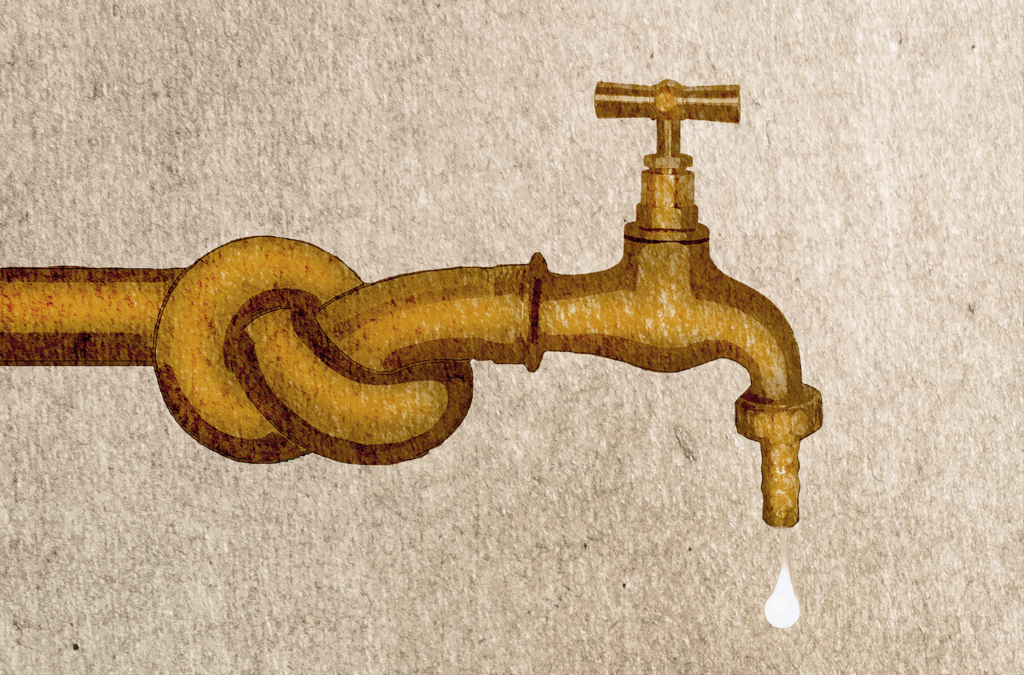
Waste-to-Energy Insurance

The escalating frequency and severity of extreme weather-related events – from wildfires in the United States, to record heat waves in Europe, to floods in Japan – have shone a brighter spotlight on climate-related risks for insurers.
In fact, recent Swiss Re research shows that deep winter freeze, hailstorms and wildfires across the globe have contributed to natural catastrophe losses of $40 billion during the first half of 2021. The loss amount is above the previous ten-year average of $33 billion and is the second highest first half loss on record after 2011, when major earthquakes in Japan and New Zealand pushed the six-month total to $104 billion.
With losses mounting and worldwide financial regulators grappling with the impact of climate change, the insurance industry plays a critical role in fostering renewable energy initiatives.
Leader’s Edge spoke with Carl Gurney, renewable energy director at Marsh Commercial to better understand renewable energy insurance products.
In short, anaerobic digestion is a process through which organic matter – such as agricultural feedstock, animal manure and food waste – is broken down by microbes (also called “bugs”) in the absence of oxygen in order to create biogas.
The anaerobic digestion process is very complex as there are many important steps that lead to high-quality biogas.
Firstly, the anaerobic digestion plant needs to collect the organic matter needed for the plant to function. In the UK, there are mandatory food waste collections for local authorities in Scotland and Wales, which help to collecting food waste from houses. Once collected the organic matter is placed in anaerobic tanks, for the process to start. These will be mandatory in England by 2023.
Then the “bugs” need to be nurtured, by making sure they’re getting good quality feedstock and that it is prepared correctly for them. The temperatures within the tank also needs to be balanced for the “bugs” to, first, survive and, second, produce at an optimum level.
Once produced, the gas is taken out of the tank through pipes and needs to be stored before being used. The biogas can be used as is or it can be upgraded – by adding propane to increase the calorific value – and then be injected into the grid. As a result, the gas produced is used to heat up homes, fuel transports and be converted into electricity.
In addition to biogas, anaerobic digestion plants also produce digestate which, as long as the digestate is of a good enough value and meets the requirements, could be spread on fields to grow crops and create food.
The market is tough for all renewable energy technologies and even more so if you wish to look to deploy new technologies or prototypical projects.
But, as with other technologies, we are learning as they mature. Five years ago, insurers would have probably given coverage to most plants because many of the risks where still unknown. Now, we work with clients before they even start construction on an anaerobic digestion plant. We start from the construction stage – how should the plant be built to operate effectively? – and develop long-term insurance programs to address the evolving risks during a plant’s lifecycle.
Creating a long-term partnership with anaerobic digestion plants is much more efficient as the attitude towards risk changes as the plants get older: funding may drop away, the payback period could change depending on the productivity of the plant, or governments change incentives. A lot can change during the plant’s lifecycle.
Contrarily to solar or wind farms – which can be switched on and off – anaerobic digestion plants must be fed correctly for both the tank and microbes to work properly.
Anaerobic digestion plants have a ramp up – or retention – period that can range from 30 to 90 days. The commissioning process is extremely important to produce gas, whether it is to start off new plants or during the retention period of an existing plant. If the commissioning process as well as the mixture that goes into the tank aren’t optimal, there could be consequences during anaerobic digestion process.
Fire is also a major risk for these plants as they are usually located in very rural areas. There need to be fire alarms, which need to be linked to a central monitoring station once the alarm calls out. But even then, where’s the nearest fire brigade? So, plants need to have sufficient water on site to fight fires. Plants can have the best fire control system in the world, but if the alarm signal bounces or you’ve got no water to fight the fire when the fire brigade get there; then plants have got a headache.
Foaming is another large risk for these plants. Foaming happens when the “bugs” in the tank get that excited and cause a foam, which comes up and raises the height of the digestate within the tank. If the foam gets all the way to the gas offtake pipes, it can create a pressurized event down the line, which may cause an explosion. It usually happens probably when there’s a very sudden change in feedstock or the tank’s temperature, causing the acidic value in the tank to increase.
One of the issues the anaerobic digestion sector has within the UK is that it’s not very big. There are only around 600 plants at the moment – and if you take into account water companies that are using anaerobic digestions to treat sewages, that number goes down to about 500 – that can be insured. Obviously, that is not enough to create a balanced portfolio in which insurers are able to withstand large claims.
In the recent past, many insurers have pulled out of the market because of the severity of claims. The claims are very infrequent but, when they happen, they are very severe and, of course, costly. To put it in perspective, an anaerobic digestion plant may earn £5,000 per hour. So, you definitely don’t want that plant offline for long or the insurer will start ramping up some serious claim money.
It’s a really difficult question to answer. I think the number of anaerobic digestion plants would need to grow substantially for the insurance market to be balanced. Another solution would be for the government to create support mechanisms. There have been some rumors within the industry that Westminster – the UK parliament – might be considering such a move; but, until then, it remains a difficult sector.
Despite some difficulties, I’m very optimistic about the industry, which has grown and matured over the past decade. As we’ve seen with solar and wind farms, the technology within anaerobic digestion will continue to progress; allowing insurers to build portfolios correctly and making sure that plants are built and maintained properly.




